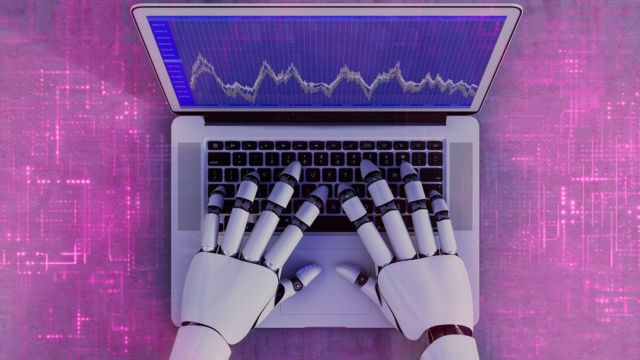The AI Revolution in Entertainment: In recent years, artificial intelligence (AI) and machine learning have had a huge impact on the entertainment world. AI has become an important part of the media world, from recommending movies on streaming services to making personalized material. This piece looks at how machine learning algorithms are changing how we watch, make, and connect with media.
AI-powered recommendation systems are making sure that watchers find material that fits their tastes, which makes entertainment more interesting. Machine learning has also opened up new ways to make content, allowing directors, singers, and artists to improve their creative processes and make experiences that are unique and personal.
Join us for an in-depth look at how AI and machine learning are changing the entertainment business in a big way as they continue to push the limits of creativity and audience involvement.
Recommendation for Content
Content suggestion systems are one of the most obvious ways that machine learning is used to make entertainment better. Streaming services like Netflix, Amazon Prime Video, and Spotify use these algorithms a lot to give their users ideas for personalized material. These systems look at how users act, like what they watch and what they like, and use that information to suggest movies, TV shows, songs, and more.

material recommendation algorithms not only improve the user experience by helping people find new material they might like, but they also help keep and connect users in a big way. They are a big part of what keeps people coming back to these sites, which in turn drives subscriptions and income.
Making and Improving Content!
Machine learning is also getting better at making and improving material. For example, AI-powered tools can make high-quality deepfake movies and pictures that look real. Deepfakes have raised ethical issues, but they also have the ability to be used in creative ways. AI can be used by filmmakers and other content creators to replay historical events, bring dead stars back to life, or try out different ways to tell a story.
Also, machine learning is used to make the process of making material more efficient. AI can do boring and time-consuming jobs like editing videos, transcribing sounds, and even writing scripts. This lets content makers focus more on making new things and less on doing the same things over and over again.
Read More: The Impact of Technology on Education
Visual Effects
Visual effects (VFX) are becoming easier to use and less expensive thanks to machine learning. In the past, scenes with a lot of visual effects took a lot of time and money to make. But now, machine learning models can help make it easier to make complicated VFX parts.
For example, when AI-powered motion capture technology is used, players don’t have to wear special suits covered in marks. Instead, they can just wear regular clothes. Audience Insights and Participation
Media companies need to know what their users like in order to make material that sticks with them. Machine learning is a key part of crowd research because it pulls data from many different places, like polls, social media, and streaming platforms. These details help content makers make sure that what they offer matches what their audience wants.
Machine learning is also making it easier for people to interact with robots and virtual helpers. These tools, which are powered by AI, can talk to users in real-time, answer their questions, give them more information, and even suggest personalized material.
Content Moderation and Copyright Protection
User-generated content sites like YouTube and TikTok have to deal with the problem of policing a lot of material at once. Machine learning algorithms can automatically find and flag content that isn’t suitable or has been stolen. This makes the job of human censors easier. This technology makes sure that material follows the rules of the group and the laws about copyright. Stay Tuned with Crossover99 for more Artificial Intelligence-related News And Updates.
Must Read: Leveraging AI for Employment Procedures Involves Risks!


